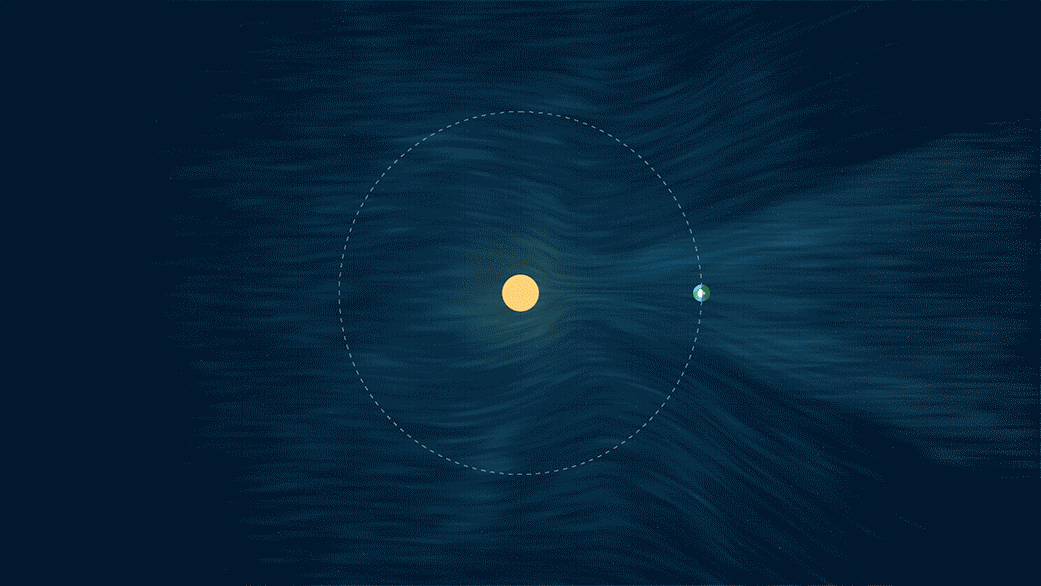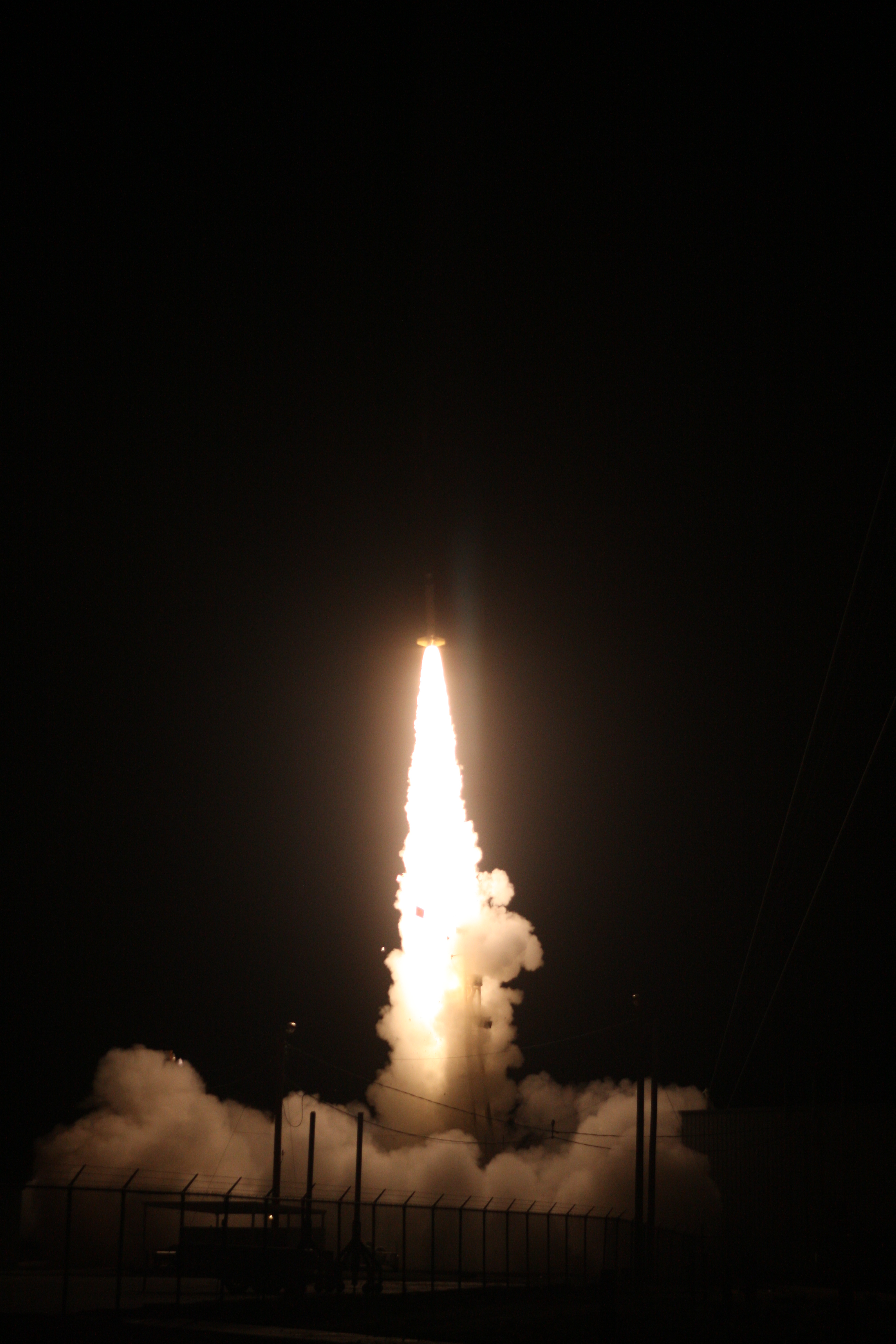NASA Rocket Brings Home Cosmic X-Ray Answers — and a New Mystery

A NASA sounding rocket zoomed above Earth's atmosphere, confirming one interstellar source for X-rays and one more local one — and discovering others whose origin remains a mystery.
NASA's rocket, called the Diffuse X-ray emission from the Local Galaxy (DXL) rocket, discovered that some of the X-rays that bombard Earth's atmosphere likely come from the "Local Hot Bubble," which is believed to be a zone of hot interstellar material surrounding the solar system. While the bubble has been hypothesized since the 1990s, DXL showed that its existence is likely true.
Other X-rays happen as a part of solar wind exchange. The solar wind is a constant flow of charged particles from our sun; because the gas is ionized — it includes charged particles and the electrons separated from them — the solar wind can carry electric and magnetic fields. At times, the solar wind pushes into neutral gas (where electrons and ions are more tightly bound), and "excites" the electrons in this gas. When the electrons stabilize, they release energy in the form of X-rays. [The X-Ray Universe: Chandra X-Ray Space Observatory Pictures]But the study scientists also found higher-energy X-rays that originate from an unknown source.
"At higher energies, these sources [solar wind and the Local Hot Bubble] contribute less than a quarter of the X-ray emission," Youaraj Uprety, lead author on the study and an astrophysicist at University of Miami, where the research was conducted, said in a NASA statement. "So there's an unknown source of X-rays in this energy range."
DXL flew for about 15 minutes, providing a glimpse of X-rays beyond the Earth's atmosphere. Earth's atmosphere normally blocks out these high-energy forms of light.

DXL was sent aloft at a time that is advantageous to measure X-rays coming from the solar wind: When the rocket flew, Earth was passing through something called the helium-focusing cone. Space is full of hydrogen and helium; as the solar system passes through it, the neutral helium creates a tail around the sun because helium is heavier than hydrogen.
Scientists were able to use those conditions to figure out how much X-ray emission comes from the solar wind, because the solar wind's exchange depends on interactions with neutral material such as helium. From there, scientists at first hypothesized that all of the remaining X-ray emission comes from the Local Hot Bubble — a large gas pocket that was supercharged by two or three supernova explosions, one inside the other, Massimiliano Galeazzi, an astrophysicist at the University of Miami and an author on the study, said in the same statement.
Get the Space.com Newsletter
Breaking space news, the latest updates on rocket launches, skywatching events and more!
But something happened that they weren't expecting. Some of the X-rays detected by the rocket were too high of an energy to be from the Local Hot Bubble, because its temperature is too low. These X-rays also weren't in the helium-focusing cone, and so they didn't come from the solar wind. The origin of this third set of X-rays is completely unknown.
A study based on the research was published Sept. 23 in the Astrophysical Journal.
Follow Elizabeth Howell @howellspace, or Space.com @Spacedotcom. We're also on Facebook and Google+. Original article on Space.com.
Join our Space Forums to keep talking space on the latest missions, night sky and more! And if you have a news tip, correction or comment, let us know at: community@space.com.

Elizabeth Howell (she/her), Ph.D., was a staff writer in the spaceflight channel between 2022 and 2024 specializing in Canadian space news. She was contributing writer for Space.com for 10 years from 2012 to 2024. Elizabeth's reporting includes multiple exclusives with the White House, leading world coverage about a lost-and-found space tomato on the International Space Station, witnessing five human spaceflight launches on two continents, flying parabolic, working inside a spacesuit, and participating in a simulated Mars mission. Her latest book, "Why Am I Taller?" (ECW Press, 2022) is co-written with astronaut Dave Williams.









